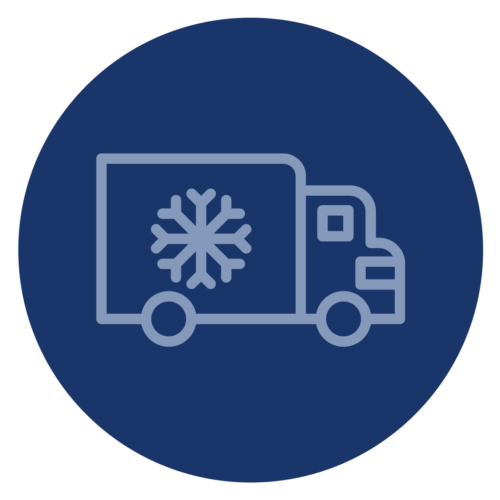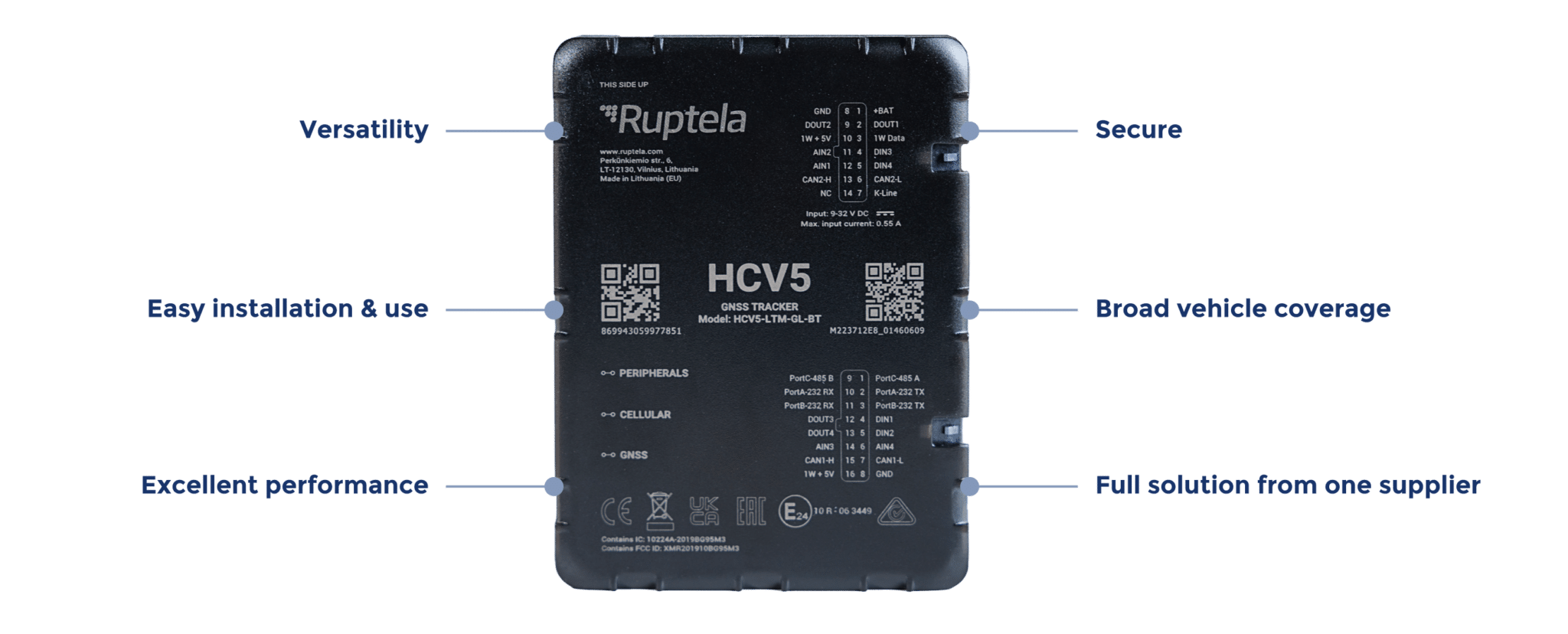
Ensuring the safety and quality of food goods during transport is vital in the fast-paced food sector. The need to monitor and maintain the appropriate temperature conditions for chilled and frozen foodstuffs in refrigerated vehicles cannot be overstated. In response to these challenges, thermography devices have become increasingly common. In this article, we dive deeper into the world of thermographs, designed to meet the rigorous recommendations of food hygiene regulations and ensure the integrity of perishable goods during transportation.

What is a thermograph?
Thermographs are highly specialized devices engineered to monitor and record temperature data in refrigerated vehicles while transporting food products. These devices play a central role in maintaining the “cold chain,” which refers to the continuous temperature-controlled environment necessary to preserve the quality and safety of perishable goods throughout their journey from manufacturer to consumer.
One of the most noteworthy features of thermographs is their ability to seamlessly connect to Ruptela HCV devices, enabling them to collect and transmit temperature data to a remote server. This level of connectivity empowers users to monitor temperature readings from virtually anywhere in real-time, enhancing control and ensuring that food safety standards are rigorously upheld.
Supported thermographs
The food industry is diverse, and so are its temperature monitoring needs. Various thermograph models are compatible with Ruptela HCV5 devices, catering to the unique requirements of different businesses.
The following thermographs are currently supported:

These diverse devices offer a wide range of options, allowing businesses to select the most suitable thermograph based on their specific requirements, ensuring that their valuable cargo remains in optimal condition during transit.
Compatibility with Ruptela devices
Seamless integration and efficient monitoring are vital for businesses in the food industry. To ensure this, the functionality of thermographs is designed to be compatible with specific Ruptela device, which include:
HCV5

This compatibility ensures that users can effortlessly incorporate thermographs into their existing systems, promoting a more streamlined and effective temperature monitoring process. It simplifies the implementation process, allowing businesses to focus on what matters most – the safety and quality of their food products.
The ThermoKing Solution is now available
We are excited to announce that the ThermoKing Solution, previously mentioned in our blog article for its compatibility with Ruptela devices, is now available. This solution streamlines cargo condition monitoring through Thermoking SLX and HCV5 technology collaboration.
Key benefits:

Effortless data access
HCV5 extracts reefer CAN system data without costly add-ons, ensuring easy access to critical cargo information.

Seamless installation
Custom harnesses simplify installation, providing logistics managers and drivers uninterrupted data flow.

Cargo protection
This solution offers early warnings for cargo integrity threats, such as unauthorized trailer door openings and temperature fluctuations, empowering timely action.
Enhance your cargo transportation operations with the ThermoKing Solution and Ruptela devices to ensure cargo safety and security.
Overview
In summary, thermographs are indispensable tools in the food industry, serving as guardians of the safety and quality of chilled and frozen foodstuffs during transportation. With their seamless compatibility with Ruptela HCV devices and real-time monitoring capabilities, thermographs empower businesses to adhere to stringent food hygiene regulations and maintain the uncompromised integrity of perishable goods. Understanding the notations in the documentation is crucial for effective use, ensuring that temperature-sensitive cargo reaches its destination in the best possible condition. As technology advances, thermographs will likely play an even more significant role in enhancing food safety and quality assurance in transporting perishable goods. Embracing these innovative tools is not just a choice but a necessity for any business committed to delivering the freshest and safest food products to consumers.



